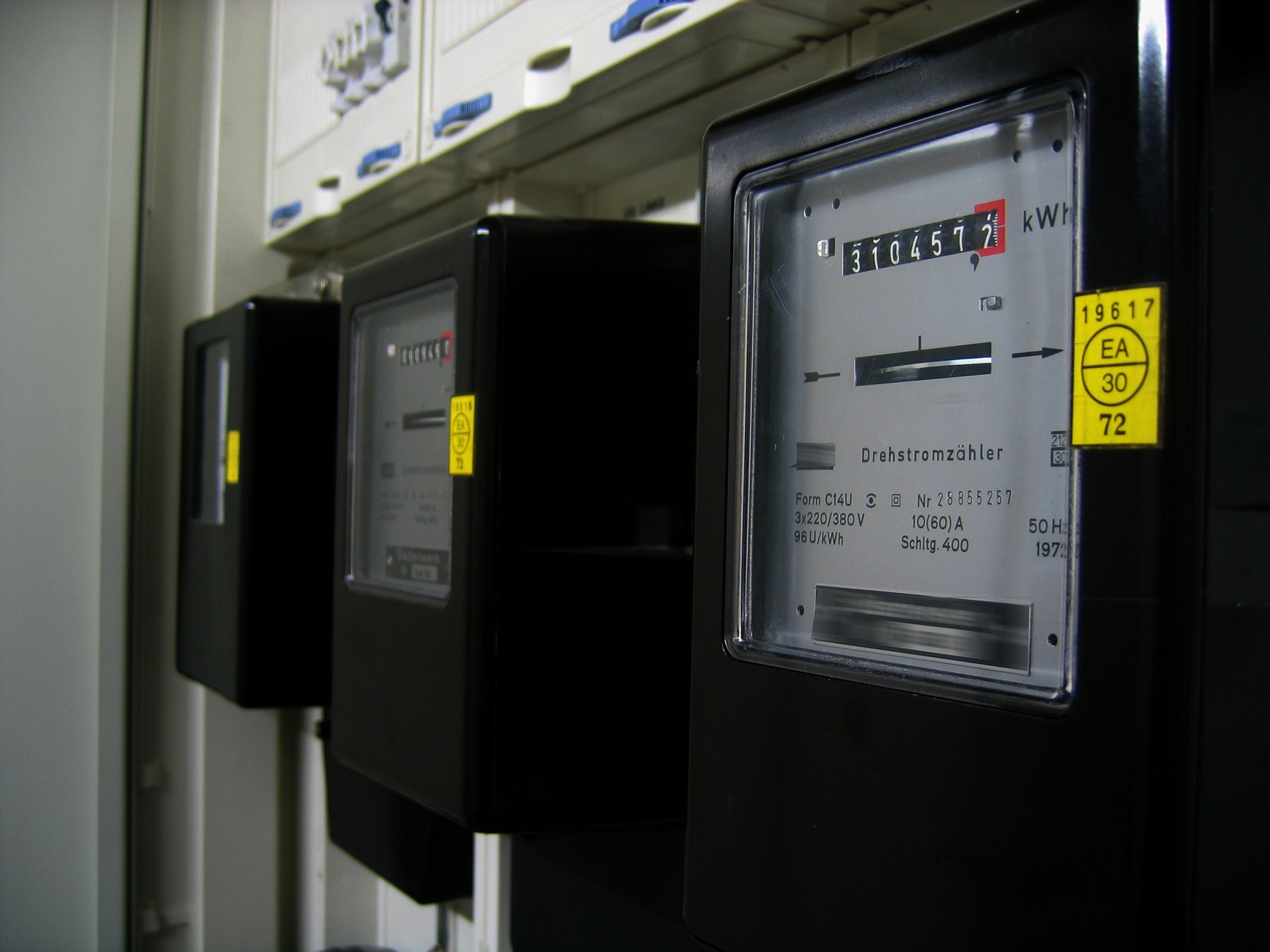Categories
26 August 2022
Solar Subsidy for the Residential Sector in Punjab 2024 | HomeScape
The Government of India is promoting the goal of a “solar-powered green city” in every state, and it notes that [...]
27 March 2020
How the newly introduced MERC’s net metering plans benefit solar power users in the domestic sector?
In the last month of 2019, the Maharashtra Electricity Regulatory Commission (MERC) set up draft guidelines withdrawing net-metering facilities for [...]

